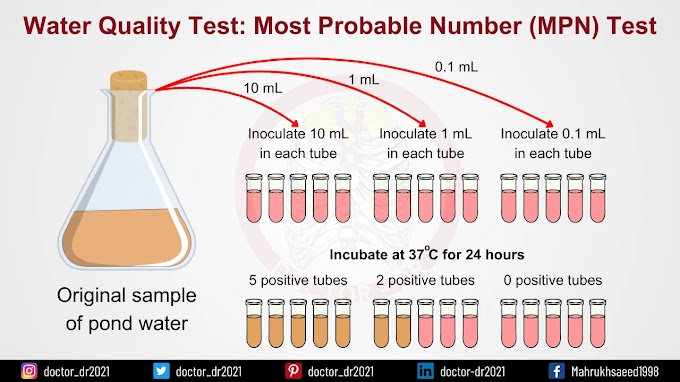Plants possess a remarkable ability to regenerate from ordinary cells, a process that involves the formation of shoot apical meristems (SAMs) and the subsequent development of lateral organs. The intricate cellular mechanisms behind shoot regeneration have long remained elusive, but a research group led by the Nara Institute of Science and Technology (NAIST) in Japan has made significant progress in unraveling this mystery. Their study, published in Science Advances, sheds light on a crucial negative regulator that influences shoot regeneration efficiency in plants.
The team focused their investigation on Arabidopsis, a plant commonly used in genetic research. They identified and characterized the WUSCHEL-RELATED HOMEOBOX 13 (WOX13) gene and its protein, which play a significant role in promoting the non-meristematic function of callus cells during shoot regeneration. By acting as a transcriptional repressor, WOX13 affects the efficiency of regeneration.
"Our study fills a gap in understanding the regulatory mechanisms involved in enhancing shoot regeneration efficiency in plants. We have defined a new pathway for cell-fate specification," explains Momoko Ikeuchi, the principal investigator of the study.
Previous research by the team had already established the role of WOX13 in tissue repair and organ adhesion after grafting. To investigate its involvement in shoot regeneration control, the researchers conducted experiments using a wox13 mutant of Arabidopsis. They observed that shoot regeneration occurred three days faster in plants lacking functional WOX13, while induction of WOX13 expression slowed down the process. Additionally, WOX13 showed reduced expression levels in the shoot apical meristem of normal plants, indicating its negative regulatory role in shoot regeneration.
To validate their findings, the researchers compared the wox13 mutants with wild-type plants using RNA-sequencing at multiple time points. They discovered that WOX13 did not significantly alter gene expression under callus-inducing conditions. However, under shoot-inducing conditions, the absence of WOX13 led to the upregulation of shoot meristem regulator genes. Intriguingly, overexpression of WOX13 in mutant plants repressed these genes within 24 hours. Furthermore, single-cell RNA sequencing confirmed the crucial role of WOX13 in specifying the fate of pluripotent callus cells.
This study highlights the unique function of WOX13 as a negative regulator of shoot regeneration. Unlike other known regulators that prevent the transition from callus to shoot apical meristem, WOX13 inhibits shoot apical meristem specification by promoting alternative cell fates. It achieves this through a mutually repressive regulatory circuit with the regulator WUS, inhibiting SAM regulators and inducing cell wall modifiers. WOX13 acts as a major regulator of shoot regeneration efficiency.
The findings of this study have significant implications in agriculture and horticulture, as the knockout of WOX13 can enhance shoot regeneration in crops. This newfound knowledge opens doors for boosting tissue culture-mediated de novo shoot regeneration, providing valuable tools for agricultural and horticultural applications.








